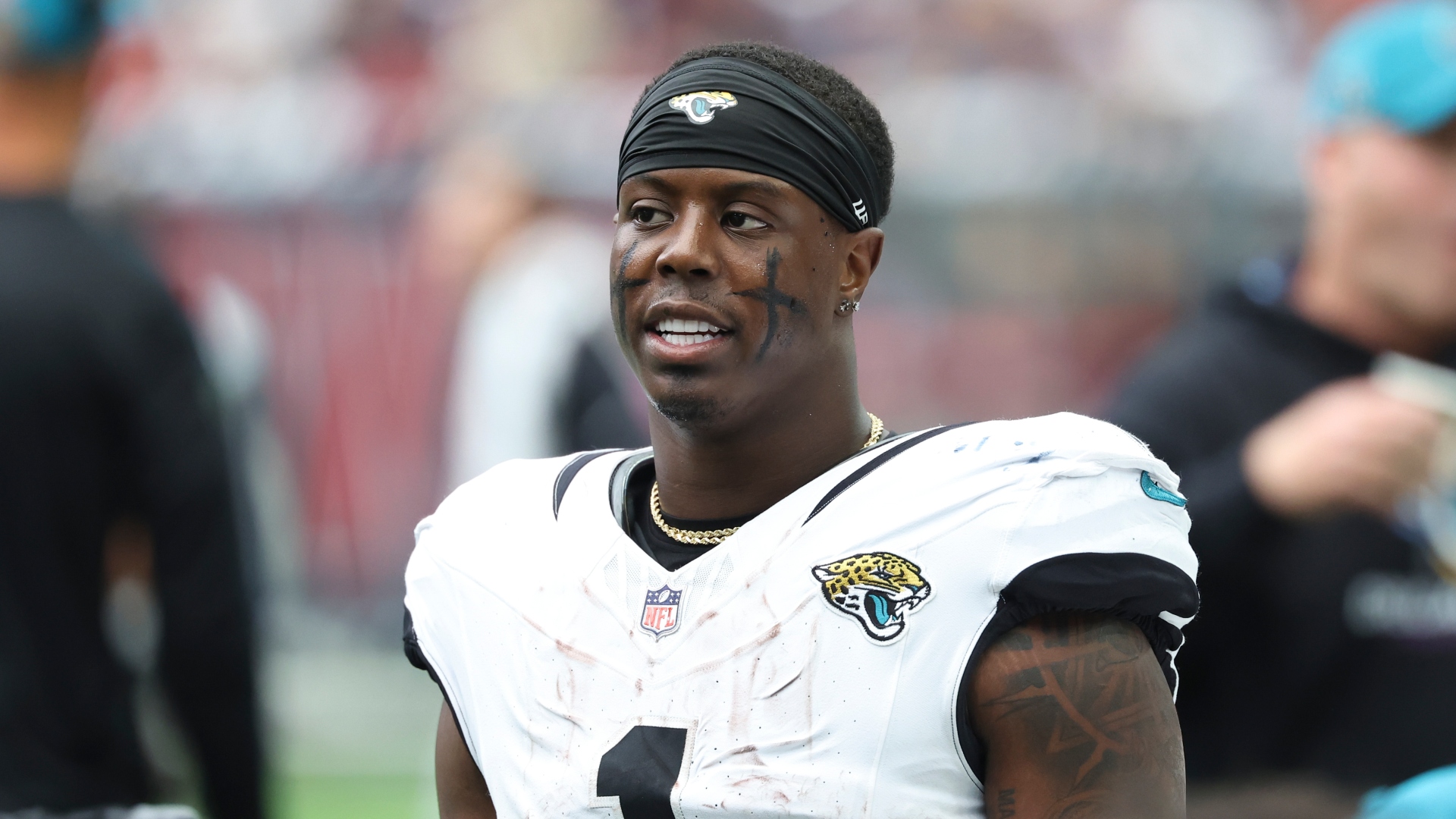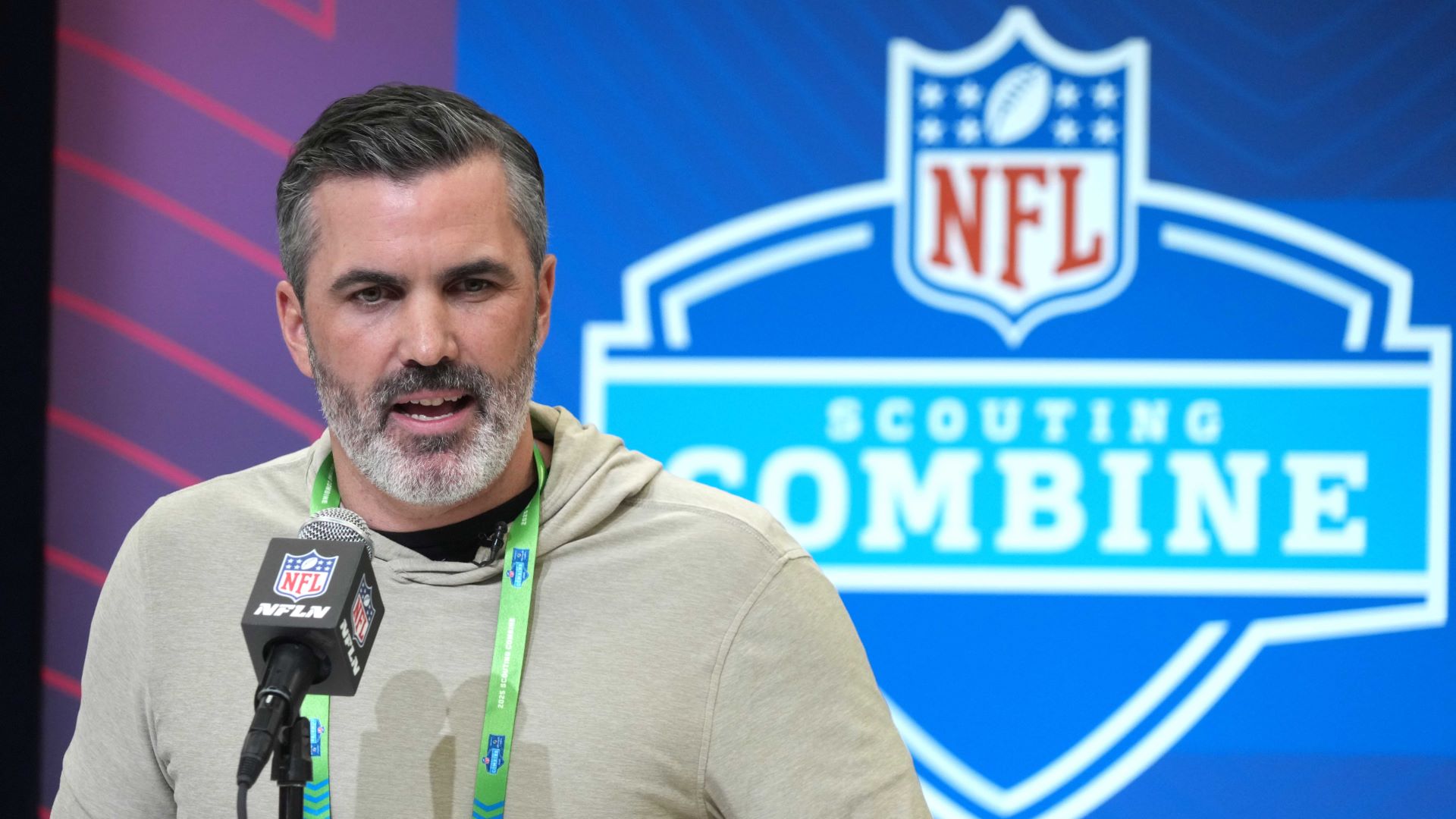What is going on in the National League?
To recent Red Sox castoffs, it must gleam like a land of milk and honey.
A promised land where beleaguered players who couldn't cut it in one of the toughest cities, in one of the toughest divisions, in the toughest league, can go to regain their skills and revamp their confidence. No troublesome designated hitters grossly inflating one's earned run average. No coddling of the pitchers and keeping them from launching bombs. And no talk of "whatever happened to so-and-so — he used to be so good."
The National League must look like heaven on earth to these guys.
That's got to be it, right?
In the course of recent years, there's been much talk about the discrepancies between the talent in the American and National Leagues. The American League even holds a stranglehold on All-Star Game wins (with one tie) since 1997. Some chalk it up to the designated hitter (or lack thereof), the pace of games or the management style. Some people dismiss the discussion and claim that baseball is baseball.
But whatever the argument, Red Sox fans have witnessed three times — just in this past season — what happens when a vaunted player comes to Boston, performs adequately at best and awful at worst, gets released, finds a home on a National League team and goes on to set the world on fire.
So what gives?
When the Red Sox signed future Hall of Famer John Smoltz at the beginning of the season, there were mixed feelings. Smoltz had played his entire career in the National League — all 21 years with the Atlanta Braves. He'd gone from starter to closer and back to starter again, all while posting a career 3.32 ERA. In 1996, he won the NL Cy Young Award with a nearly inhuman 24-8 record.
Smoltz, it could be said, was certainly the real deal. Shoulder trouble landed him on the disabled list at the end of his tenure with the Braves and, when the team's offer wasn't substantial enough to keep him, he signed a one-year deal with the Red Sox.
But things did not go well in Boston for Smoltz. The man who'd been one of the best and most versatile pitchers of his generation, the man who'd blown one save opportunity in three years prior to his release suddenly couldn't find the plate. And when he did, the ball didn't stay in the park for long. Smoltz went 2-5 with an 8.32 ERA in his short tenure with the Sox, never looking comfortable or like the Hall of Famer he is sure to be.
Shortly after the Sox designated Smoltz for assignment, the St. Louis Cardinals signed him. There, he's put up a 1-1 record with a 3.27 ERA. It's perhaps too small a sample size to call it a resurgence, but the return to the National League certainly seems to be helping. This can't all be because he doesn't have to face the designated hitter anymore, can it?
Then there's the case of the recently released Brad Penny. While not the workhorse and future legend that Smoltz is, Penny also spent his entire career in the National League before signing with the Red Sox at the start of the 2009 season.
A two-time All-Star, Penny struggled with the Sox as well, never appearing comfortable. He ended his short time with the team with a 7-8 record and a career high in hits per nine innings pitched. The Sox released Penny in August after Tim Wakefield's return and the signing of reliever Billy Wagner.
Penny then signed with the National League's San Francisco Giants. Since donning the black and orange, Penny has gone 2-0 with a 1.20 ERA. And Red Sox fans are noticing a definite trend.
But what about position players? It may be easier to pitch in the National League because of the lack of DH, but how about hitting? What, if any, effect does hitting in a National League park have on a player?
The easiest and most recent litmus test for the Red Sox is shortstop Julio Lugo. True, Manny Ramirez also went to a National League team, but Manny is — in so many ways — a unique case. Some people will hit anywhere.
Lugo, however, had his fair share of troubles in Boston. Before coming to Boston, Lugo played for the Tampa Bay Rays, so he'd had some familiarity with the American League. While there is no real depreciable difference in Lugo's NL and AL stats, it is true that when he came to Boston, both his slugging percentage and OPS dropped and he grounded into many more double plays than in any previous season. Additionally, his fielding percentage dropped slightly, and he became a victim of always seeming to be in the wrong place at the wrong time.
Lugo, never a fan favorite in Boston, was designated for assignment in July and subsequently traded to the Cardinals. With St. Louis, he has raised both his batting average slightly and his OPS drastically.
Is the improved performance due to a return to the National League, where Lugo began his career in 2000, or iss it just being out of Boston?
Bill James and the sabermetricians of the world undoubtedly have come up with hundreds of numbers and stats to explain the discrepancy in performance between players in the American and National Leagues. Whether it speaks to a different level of play or simply a different style of game, the fact remains that there is a difference.
While Boston is a notoriously difficult place to play for some players — ask Edgar Renteria, Carl Everett or Jose Offerman about that — can the venue really make that much of a difference in a player's performance?
This season’s discrepancies speak to the widening gap between the game played in the National League and its American League counterpart. Is it strictly a talent difference or something more? Fans have to wonder exactly how much longer players from one league will be able to perform well in the other.



